Author: MushroomPicker
-
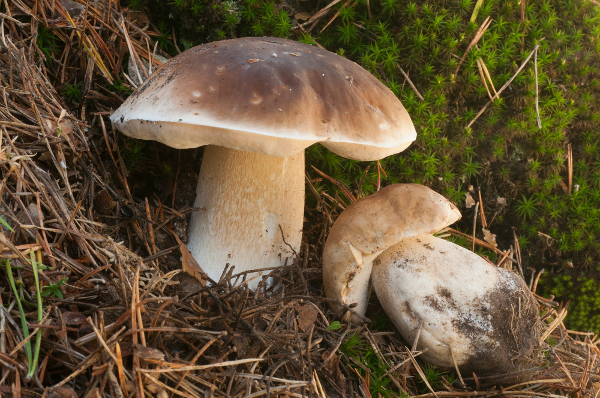
Most Popular Edible Boletus Mushrooms
The world of edible Boletus mushrooms offers a rich variety of flavors and textures that can elevate culinary experiences. Boletus Edulis is renowned for its robust taste, while Boletus Bicolor has a subtler, nutty profile. Other noteworthy species, like Boletus Luridus, Barrowsii, and Pinophilus, each bring unique characteristics that can enhance a range of dishes.…
-
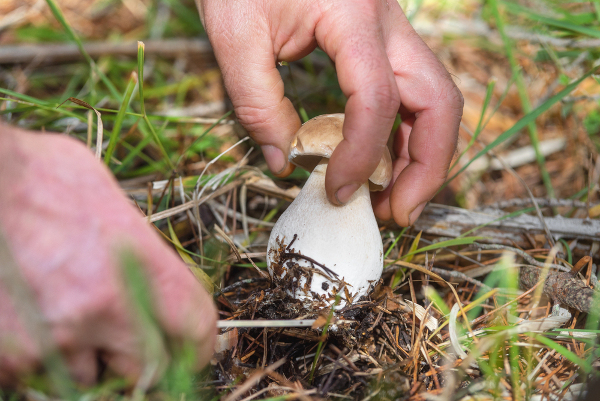
Sustainable Mushroom Foraging Tips for Responsible Harvesting
Sustainable mushroom foraging requires knowledge and responsibility, playing a key role in maintaining ecological balance. Understanding local regulations, accurately identifying edible species, and using safe harvesting techniques are foundational to this practice. Mindful harvesting and the use of appropriate tools are equally important. However, many foragers overlook aspects that can significantly impact their experience and…
-

What are the Health Benefits of Wild Mushrooms?
Wild mushrooms offer a diverse array of health benefits that go beyond their culinary uses. These fungi are packed with essential nutrients and play a vital role in boosting immune function, reducing inflammation, and potentially supporting mental health. Their notable antioxidant properties and positive impact on heart health make wild mushrooms worthy of attention. The…
-
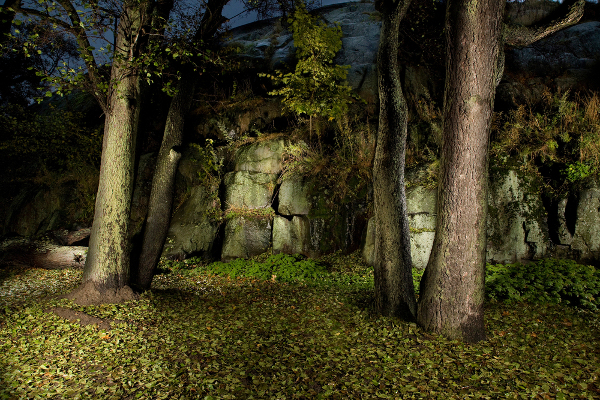
Best Nighttime Hours for Mushroom Hunting
The best time for mushroom hunting at night is shortly after sunset. This time frame typically sees a rise in humidity, which enhances fungal activity and visibility. As temperatures drop and darkness sets in, conditions become favorable for discovering elusive species. However, successful mushroom hunting involves more than just timing; various factors can influence your…
-
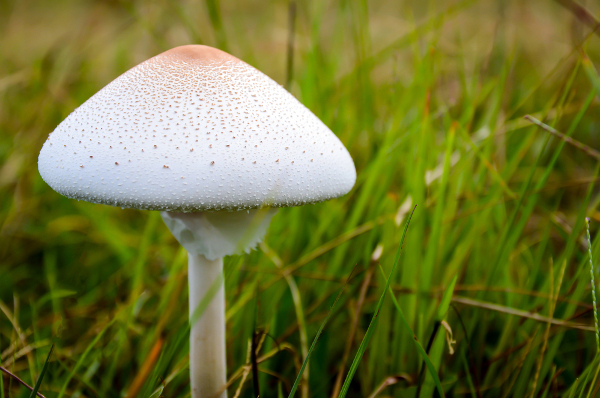
Parasol Mushroom Look Alikes
Foraging for edible Parasol Mushrooms requires careful attention to their potential look-alikes, including the Shaggy parasol, False parasol, and certain Lepiota species, which can be toxic. Accurate identification of parasol fungi is essential to avoid serious health risks. Key distinguishing factors include cap size, spore print color, and gill characteristics. Shaggy Parasol The Shaggy Parasol…
-
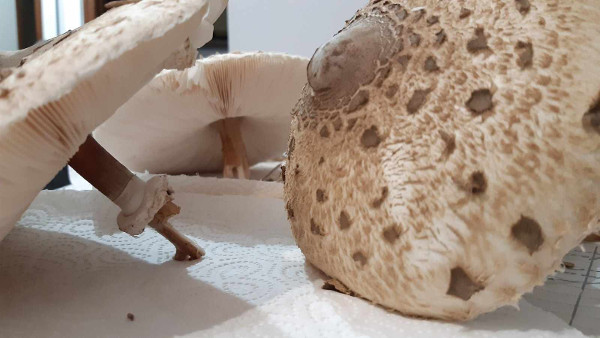
How to Identify a Parasol Mushroom?
To identify a Parasol Mushroom (Macrolepiota procera), examine the cap with concentric brown scales, loose white to pale cream gills, a tall stem with a moveable ring, and a bulbous base. Additionally, confirm with a white to creamy spore print. Are these features adequate for accurate identification, or are there other factors to consider? Cap…
-
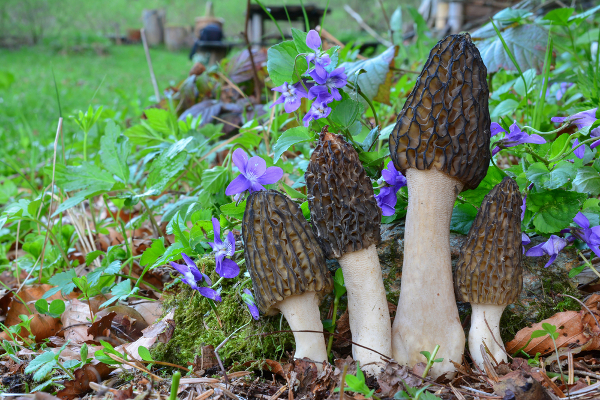
How to Identify Morels? – Morel Mushrooms Identifying
Foraging for wild mushrooms offers the unique allure of Morels, prized for their distinctive appearance and culinary value. Identifying Morels requires attention to detail, noting the intricate honeycomb patterns on their caps and key stem characteristics. Distinguishing true Morels from lookalikes involves subtle nuances. Mastering these identification techniques is not only a skill but also…
-
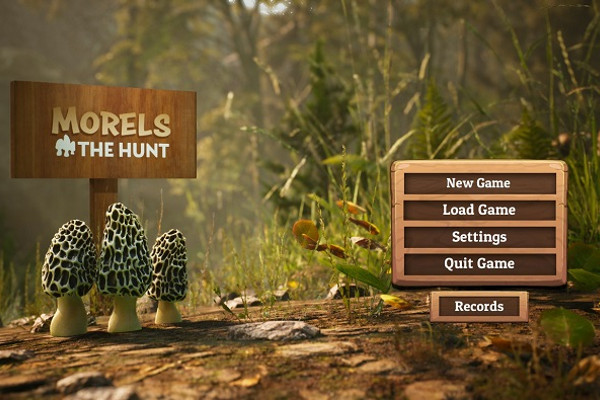
Mushroom Hunting PC Games and Simulators
Mushroom Hunting PC Games and Apps immerse players in a harmonious blend of nature’s tranquility and the thrill of exploration. Titles such as Morels: The Hunt and Mushroom Picker Simulator provide an engaging mix of serene forest wandering and the challenge of identifying diverse fungi. These games cater to both casual gamers and dedicated enthusiasts,…
-
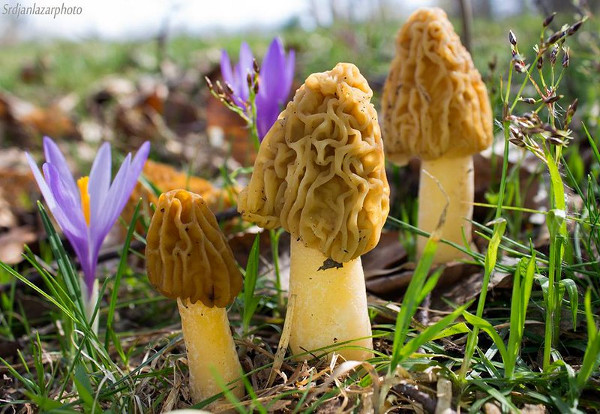
Real Morels vs False Morels
Distinguishing between real morels and false morels is a significant task for enthusiasts and foragers exploring the realm of fungi. The differences between these species go beyond appearances, delving into their essence. Recognizing the subtle characteristics of each enhances foraging skills and reveals the intricacies of nature’s design, fostering a deeper appreciation for mycology. Morphological…
-
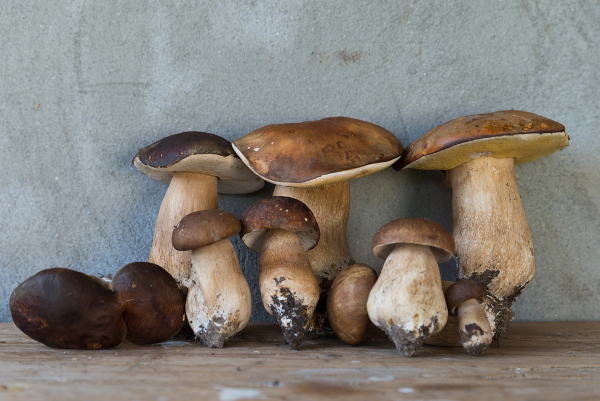
King Bolete Identification
In mycology, identifying King Boletes requires a keen eye for detail and a thorough understanding of their distinguishing features. The physical characteristics of these majestic fungi provide clues to their true nature, with subtle intricacies setting them apart from other fungi. By examining their caps, stems, and undersides closely, one can unlock the secrets that…
-
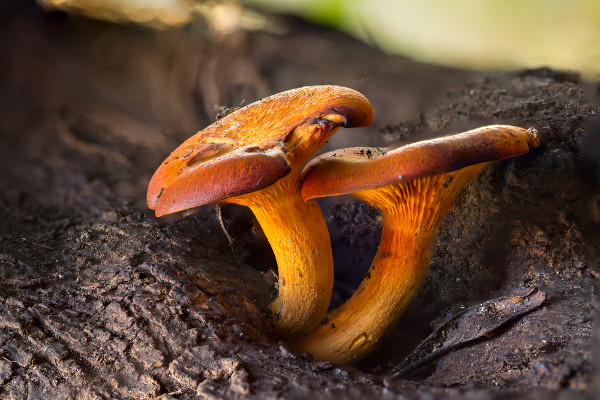
Jack O’Lantern Mushroom Identification
Jack O’Lantern mushrooms, with their unique appearance and bioluminescence, captivate both novice foragers and experienced mycologists. Identifying these fungi involves more than just visual cues, requiring a keen eye for specific distinguishing features. Exploring their habitat, anatomy, and glowing properties adds depth to the process of accurate identification. Distinguishing true Jack O’Lanterns from toxic lookalikes…
-
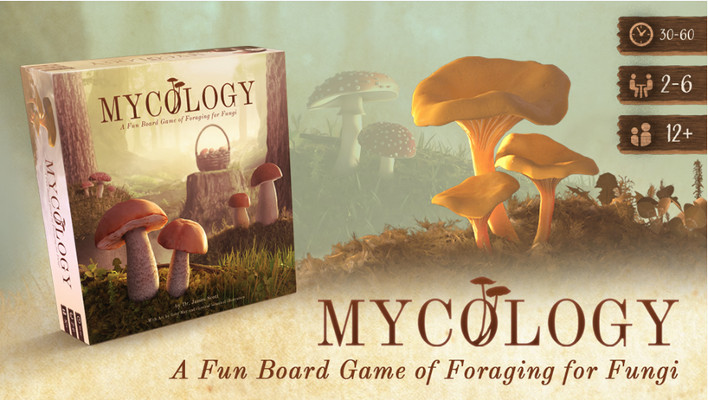
Mushroom Hunting Board Games
You’ve probably come across various board games, but have you ever considered mushroom hunting as the theme? Games like Morels and Mycology offer not just a foray into forests but also a strategic challenge. These games blend resource management with tactical decision-making, making each turn vital. From classic favorites like Grzybobranie to newer entries like…
-
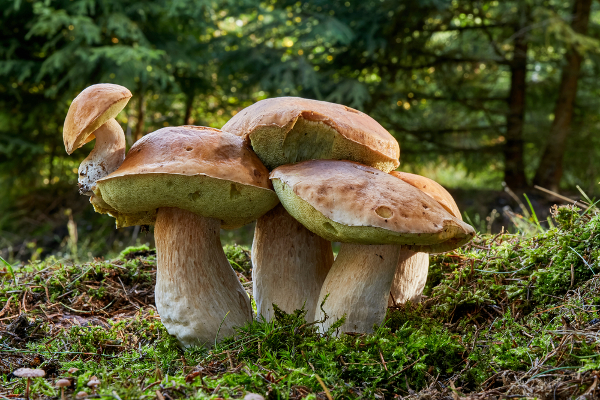
King Bolete Look Alikes
When foraging for King Bolete mushrooms, watch out for their look-alikes. The False King Bolete has a reddish-brown cap and blue bruising. The Bitter Bolete additionally sports a reddish-brown cap and yellow pores that bruise blue but tastes extremely bitter. The Bay Bolete features a chestnut-brown cap and slender stem and thrives in acidic soils.…
-

Mushrooms that look like Morels
Mycology is complex, with mushrooms like the False Morel and Brain Mushroom closely resembling the coveted Morels. Distinguishing between these look-alike fungi is important, as some can be harmful while others are culinary treasures. Accurate identification is key for foragers exploring the woods for these elusive mushrooms. Let’s explore the subtle yet vital differences that…
-
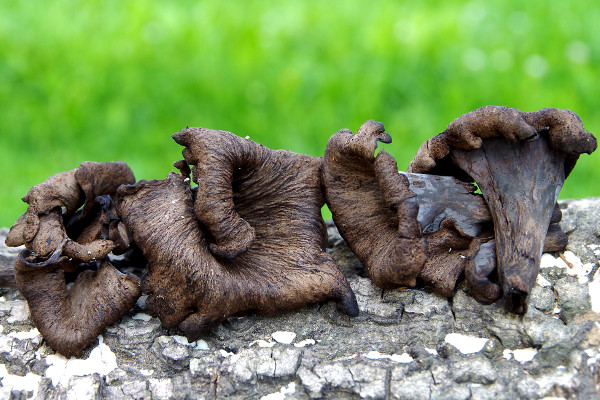
Types of Chanterelle Mushrooms
The world of Chanterelle mushrooms is diverse and captivating, with each species offering unique characteristics and flavors. From the golden Yellow Chanterelle with its fruity aroma to the earthy Black Trumpet Chanterelle with its rich, nutty taste, these fungi have captured the attention of chefs and foragers. Beyond these well-known varieties, there are numerous other…
-
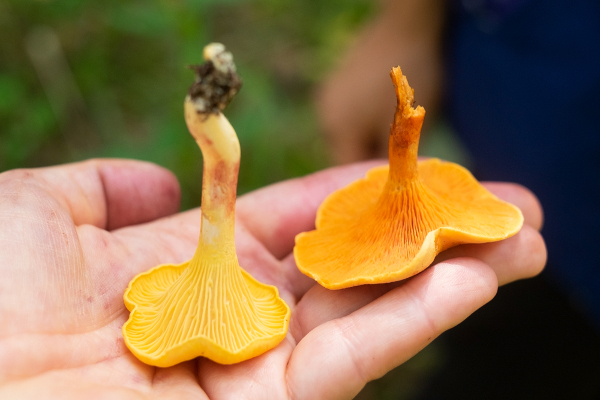
Mushrooms that Look Like Chanterelles
In mycology, the resemblance of certain mushrooms to chanterelles like Omphalotus olearius and Hygrophoropsis aurantiaca can lead to dangerous misidentifications. It is important for foragers to differentiate between these toxic lookalikes and true chanterelles to avoid severe consequences. Accurate identification methods are essential for a safe foraging experience and to fully enjoy the culinary treasures…
-

How to Identify Chanterelle Mushrooms?
Identifying wild chanterelles demands a precise understanding of their distinctive characteristics, as mistaking these prized edible mushrooms for toxic look-alikes can lead to serious consequences. While experienced foragers often recognize chanterelles at a glance, novice mushroom hunters must carefully examine multiple features to guarantee accurate identification. From the signature false gills to the unmistakable apricot…
-
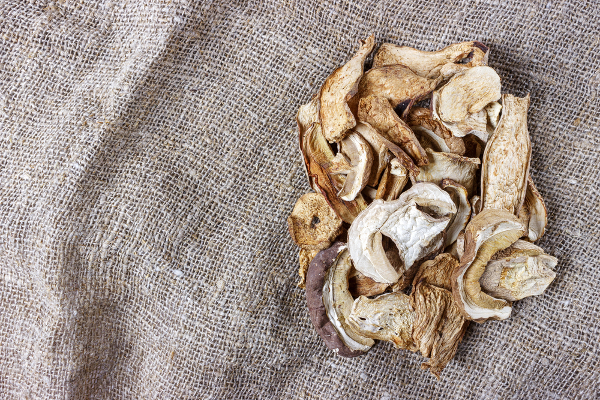
How to Dry or Dehydrate Foraged Mushrooms?
When drying or dehydrating foraged mushrooms, it’s important to follow proven methods to preserve their flavor and texture. From selecting the right mushrooms to choosing the best drying techniques, each step is important for a successful outcome. Choosing the Right Mushrooms When choosing mushrooms for drying, inspect caps and stems for damage or mold, opting…
-
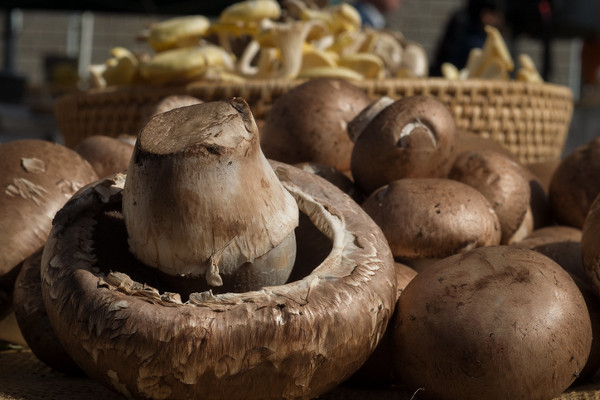
How to Store Foraged Mushroom Properly?
Properly storing foraged mushrooms is essential to maintain their quality and flavor. Unlike most produce, mushrooms require specific conditions for storage to prevent spoilage. To preserve their delicate nature, follow these key tips: Choosing the Right Storage Container Choosing the right storage container is important for preserving the freshness of foraged mushrooms. Opt for a…
-
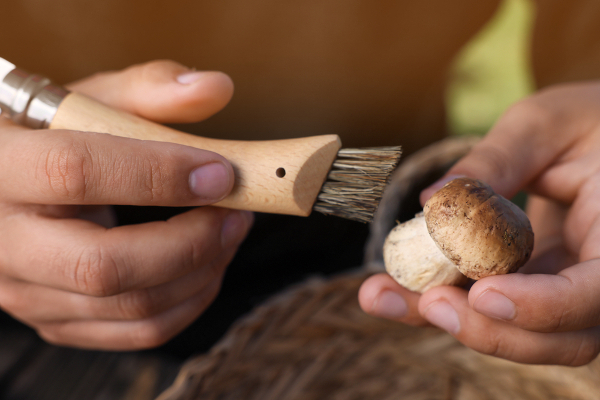
Mushroom Cleaning Brush
For cleaning mushrooms, a brush can be your trusty companion, gently whisking away dirt and debris from these delicate fungi. Mushroom cleaning brushes come in various types, materials, and design features, making them essential tools for maintaining the cleanliness of your mushrooms. Understanding the right one for the job is essential. Soft bristles and ergonomic…
-
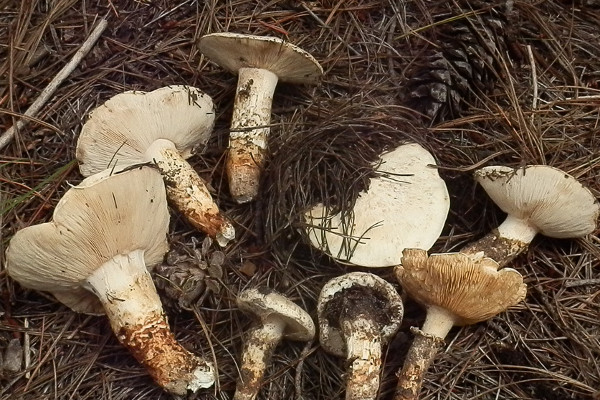
How to Clean Foraged Mushrooms
Cleaning foraged mushrooms and separating the good from the bad can be challenging. Let us walk you through the detailed process of ensuring your wild finds are clean and ready for cooking. Discover the essential steps to make sure they are safe and delicious for your next culinary adventure after plucking them. Inspect the Mushrooms…
-
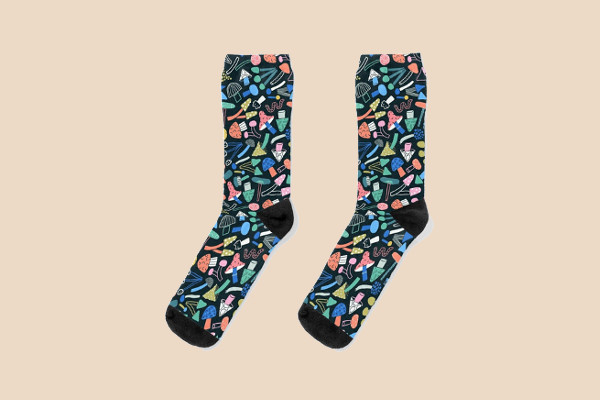
Gift Ideas for Mushroom Hunters
If you’re looking for the perfect gift for someone who enjoys the excitement of mushroom hunting, we’ve got you covered! Delight your favorite mushroom picker with a thoughtful present that enhances their foraging adventures in the great outdoors. Essential Mushroom Foraging Tools Make sure your mushroom picker is equipped with the necessary tools for a…
-
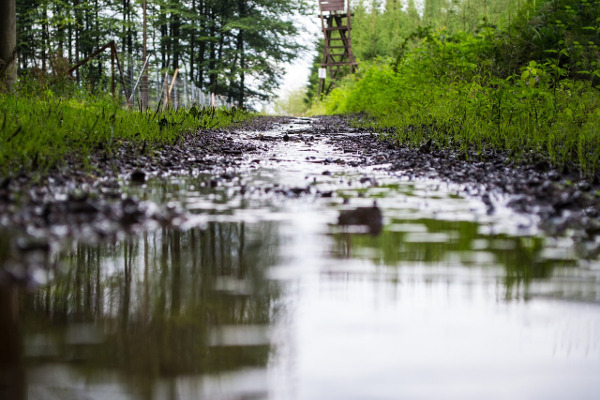
Best Weather for Mushroom Hunting
The weather plays a significant role in mushroom hunting, acting as a guide in the forest. Imagine being surrounded by the earthy scent of damp soil, with hidden treasures awaiting discovery under the canopy. The best weather conditions for a successful mushroom foray involve optimal temperature, moisture levels, and other key factors that can determine…
-
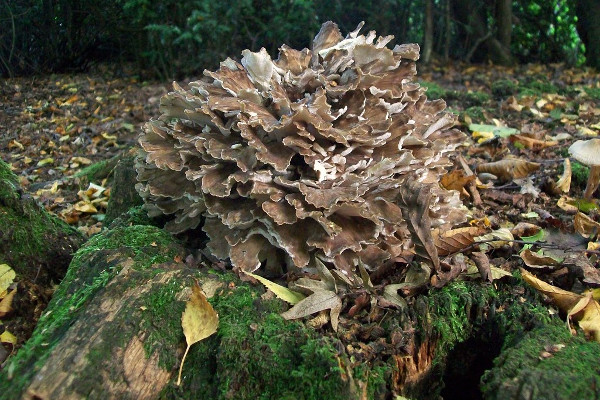
Best Month for Mushroom Foraging
As you ponder the prime time for mushroom foraging, consider the factors influencing mushroom growth. Understanding the best conditions can lead you to the ideal month for a fruitful hunt. So, which month stands out as the best window for mushroom foraging? Stay tuned to uncover the secrets behind this seasonal delicacy. Overview of Mushroom…
-
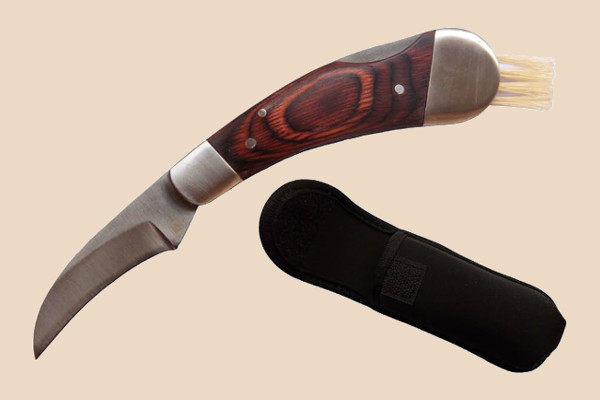
How to Use a Mushroom Knife?
Harvesting mushrooms can be made more efficient and safer with the right tool, like a mushroom knife. This specialized tool is designed with a sharp blade and unique features to help navigate the forest floor with precision. Let’s explore how to use a mushroom knife to enhance your mushroom hunting experience. Choosing the Right Mushroom…
-
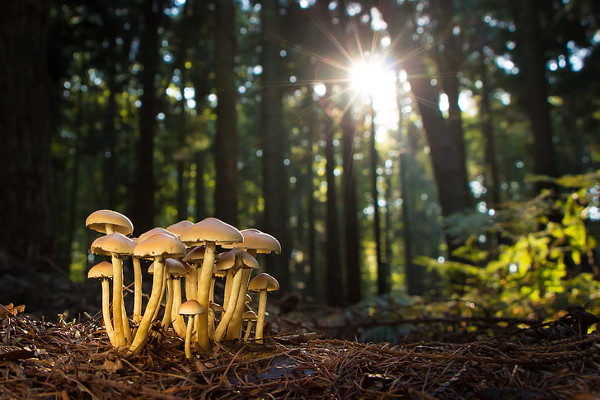
Best Time of Day for Mushroom Hunting
Exploring the world of mushroom hunting, early mornings can be a fruitful time for foragers. However, late afternoons or after rainfall also present great opportunities for finding mushrooms. Each part of the day has its unique advantages when searching for these elusive fungi. Early Morning Mushroom Hunting As you embark on early morning mushroom hunting,…
-

Cleaning and Maintenance of Mushroom Hunting Knife
Maintaining your mushroom hunting knife is required for successful foraging trips. To ensure its longevity and efficiency, follow these key steps and tips. From removing debris to sharpening the edge, proper care is essential. Preserve your tool for fruitful mushroom hunting adventures. Importance of Regular Cleaning Regularly cleaning your mushroom hunting knife is crucial for…
-

Best Mushroom Hunting Apps
If you’re someone who values efficiency, did you know that the average mushroom hunter spends about 20 minutes identifying a single species manually? Imagine reducing that time considerably with the help of the top mushroom identification apps available today. These applications offer a streamlined approach to identifying mushrooms. Let’s investigate the pros and cons of…
-
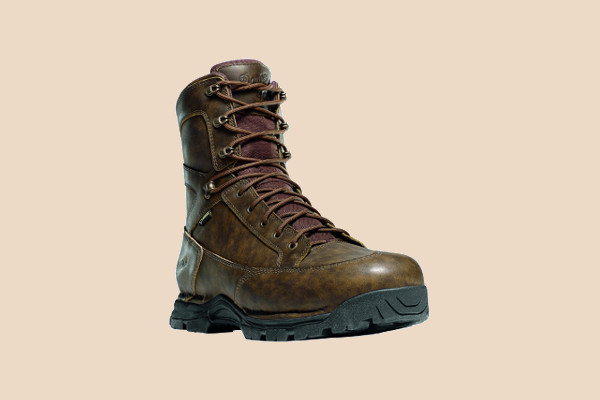
Boots for Mushroom Hunting
The right pair of boots can make all the difference between a successful foray and a soggy disappointment as you navigate through damp earth and tangled underbrush. So, how do you choose the ideal footwear for this unique pursuit? Importance of Proper Footwear Proper boots are essential for successful mushroom hunting trips. Opt for sturdy…
-
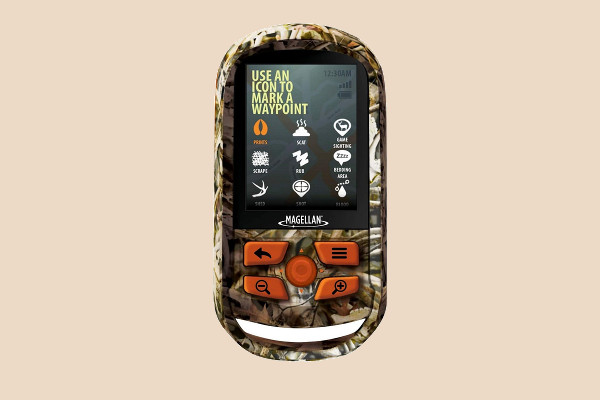
Gps for Mushroom Hunting
Imagine GPS as your reliable compass in the vast mushroom forest, guiding you to hidden treasures. With technology evolving rapidly, the integration of GPS in mushroom hunting has transformed the way enthusiasts navigate the wilderness. Discover how GPS devices can enhance your foraging experience and elevate your mushroom hunting adventures beyond basic wayfinding. Benefits of…
